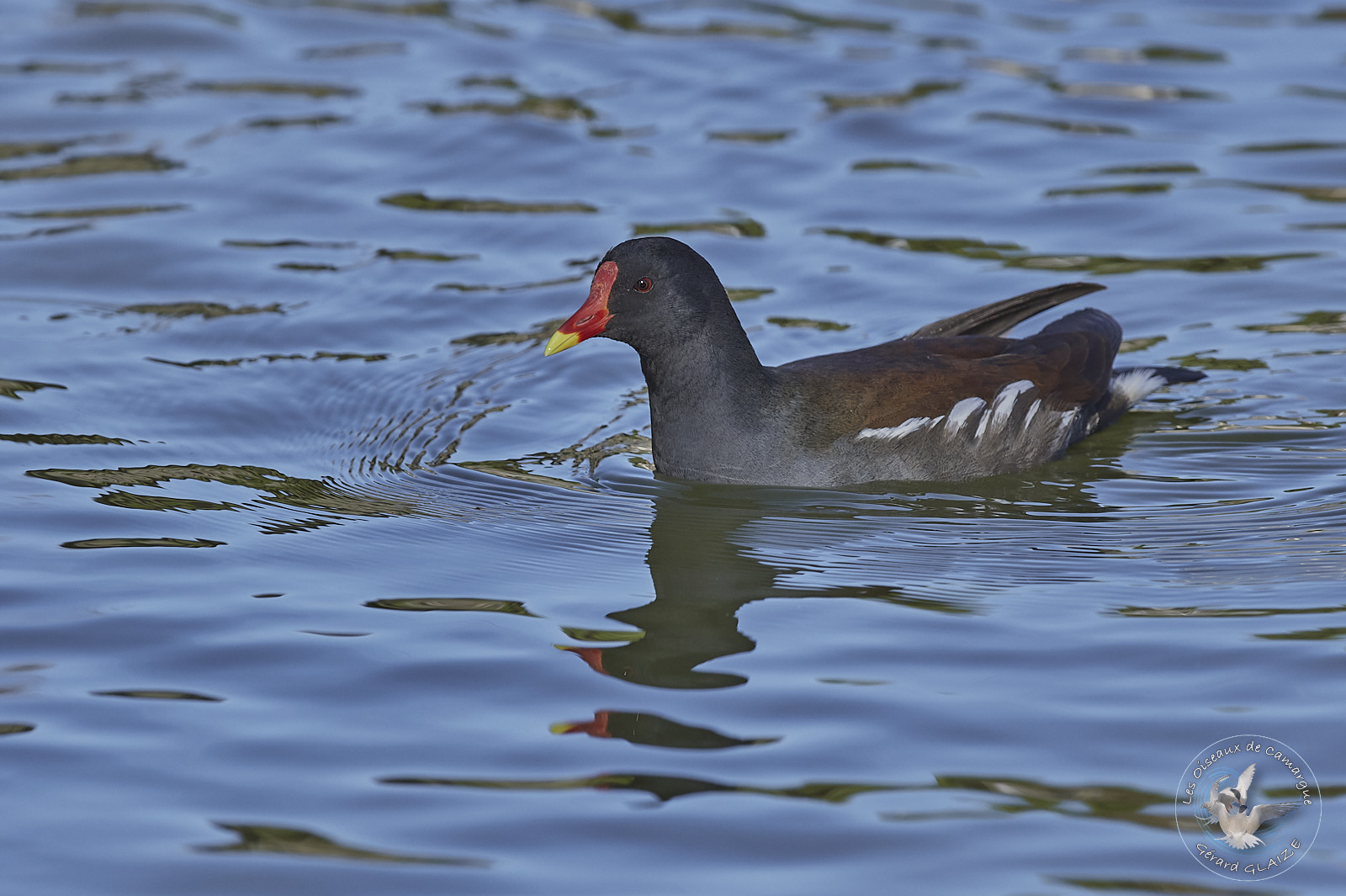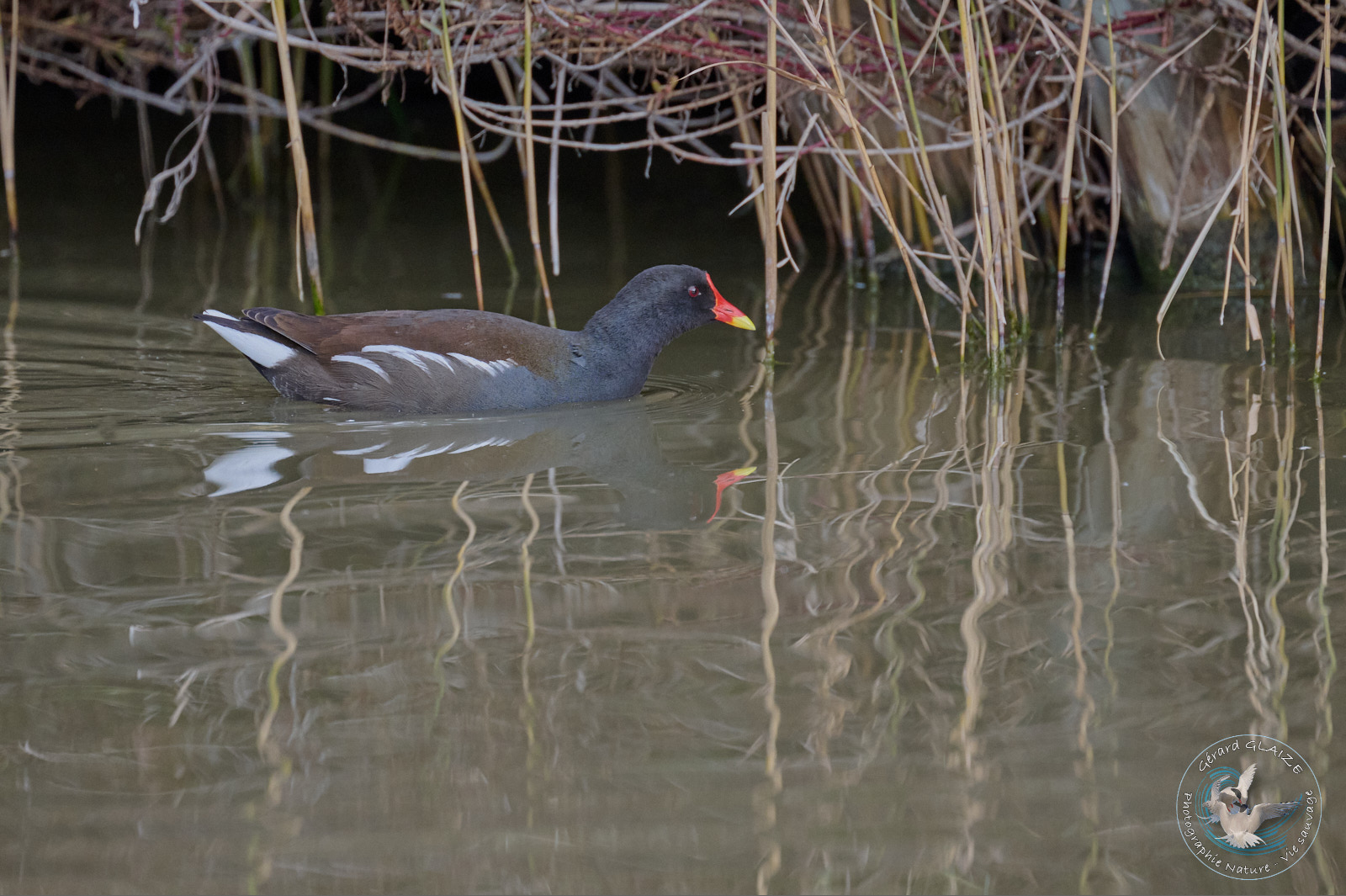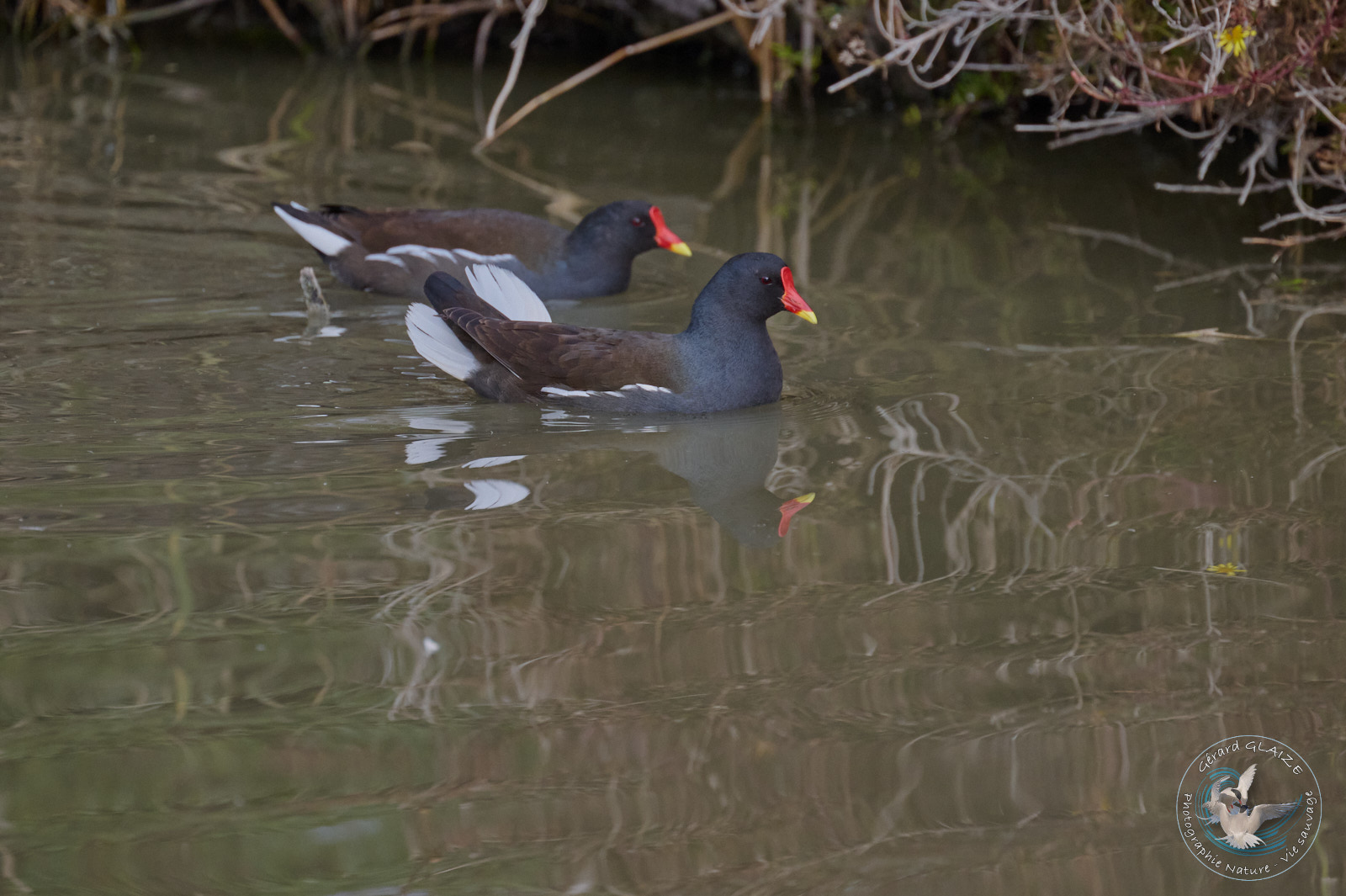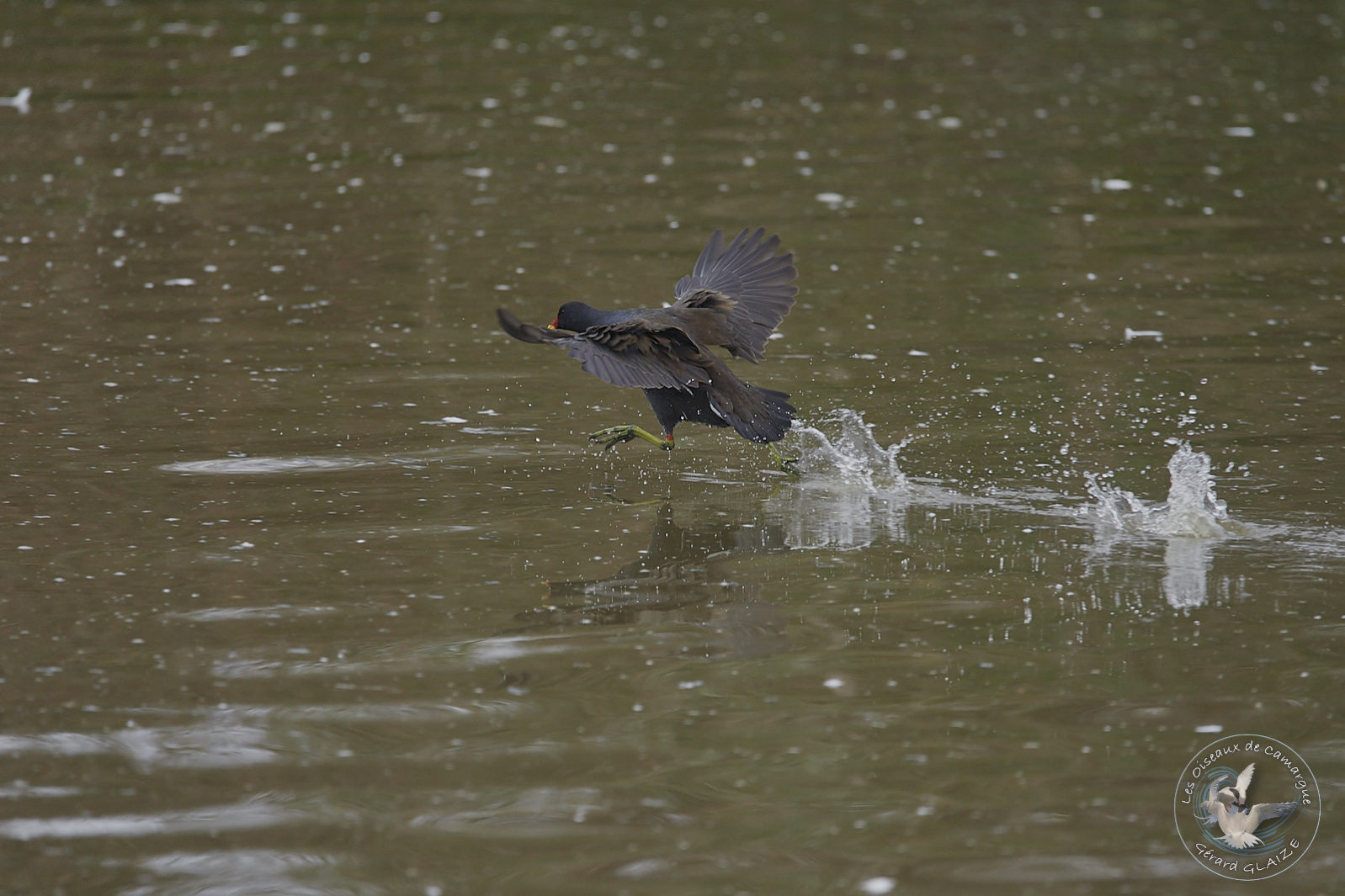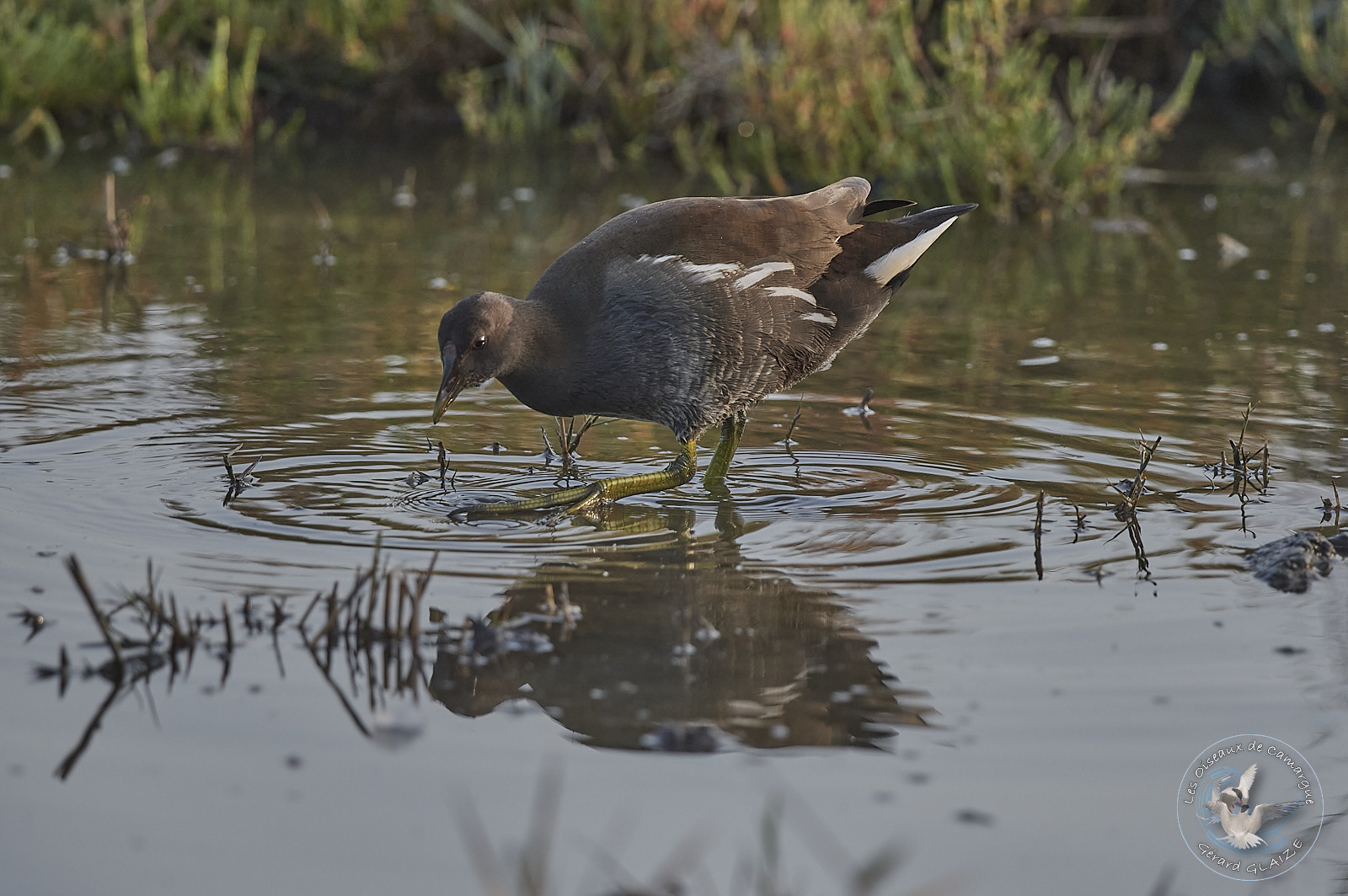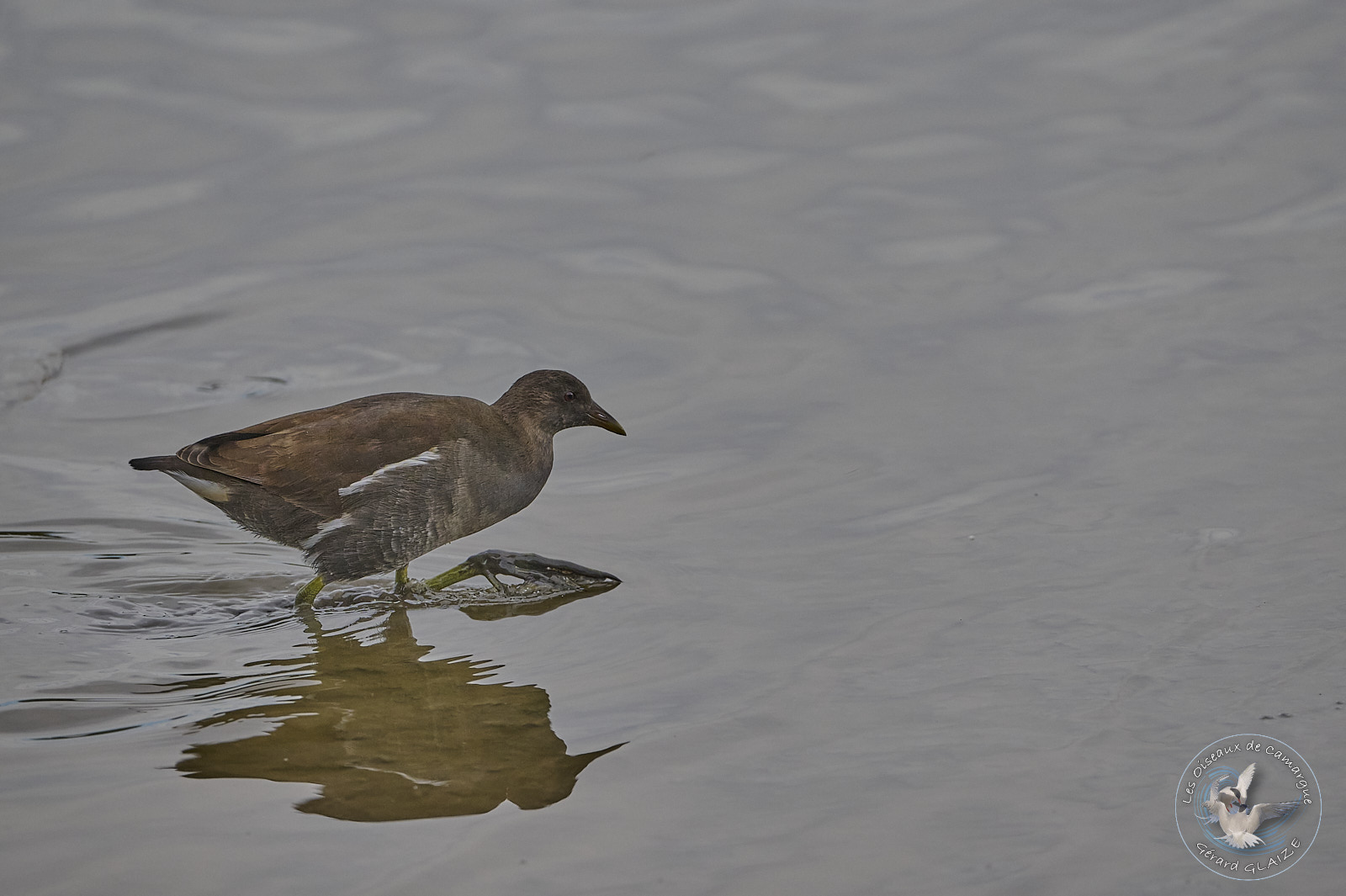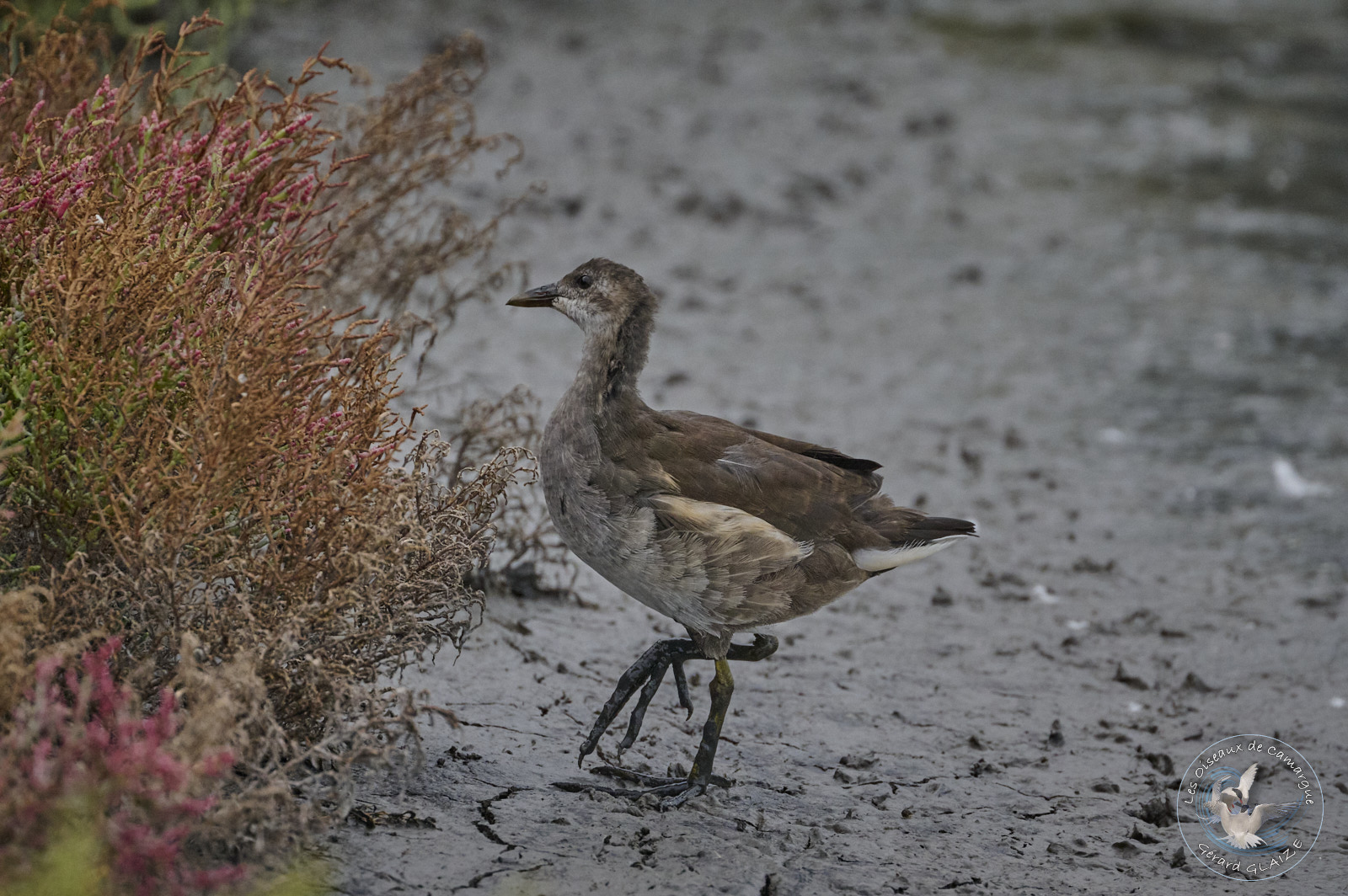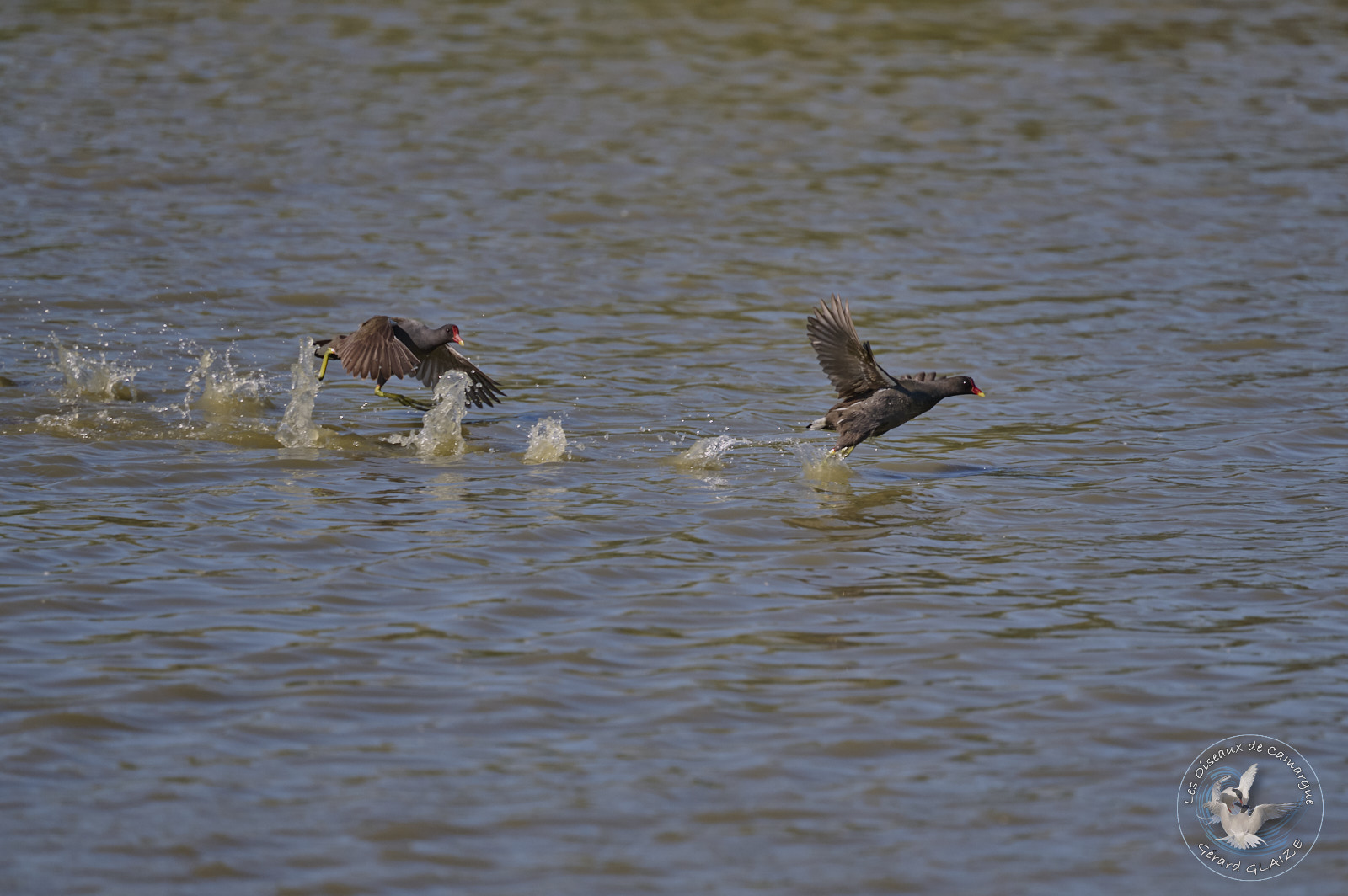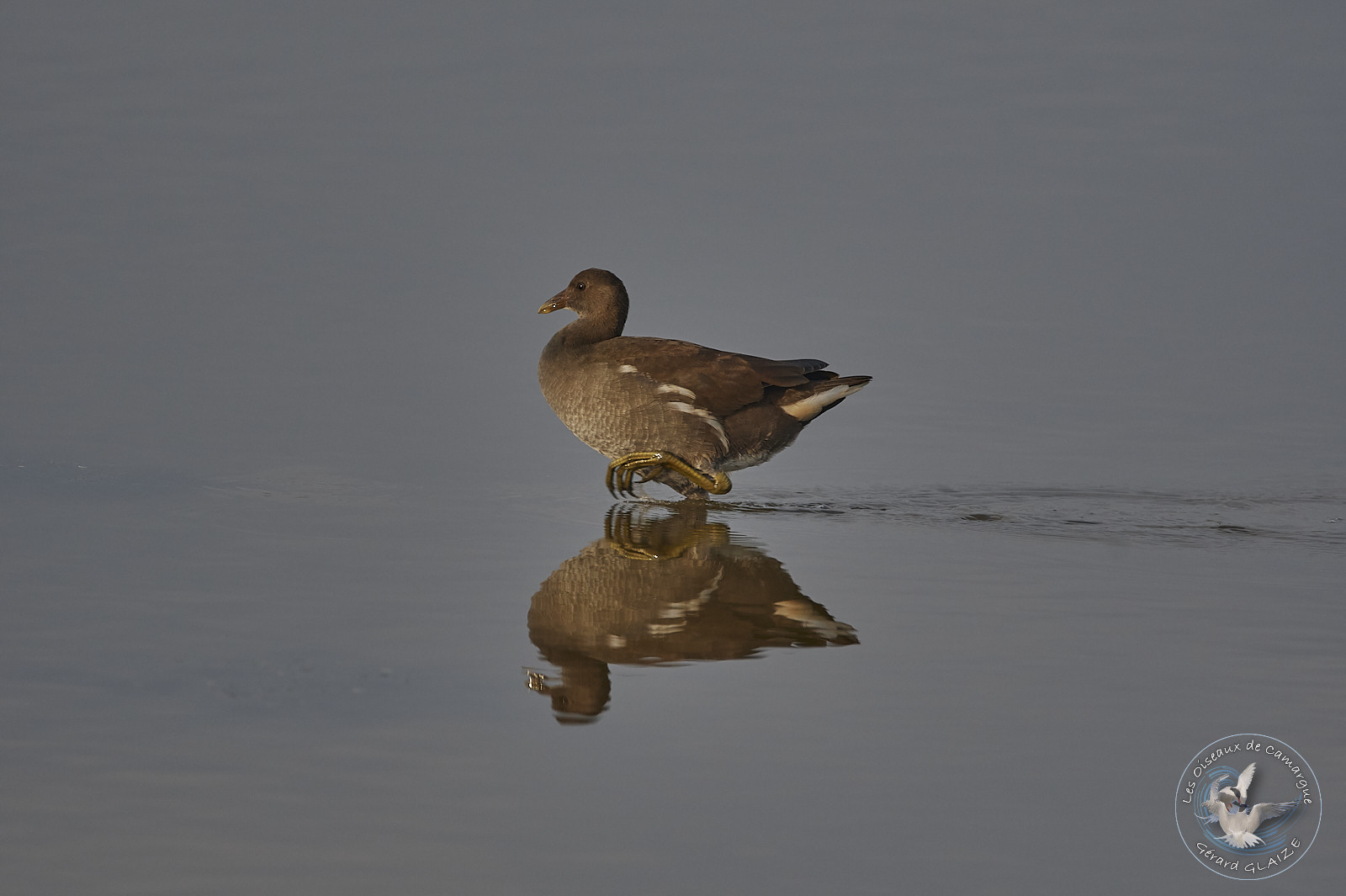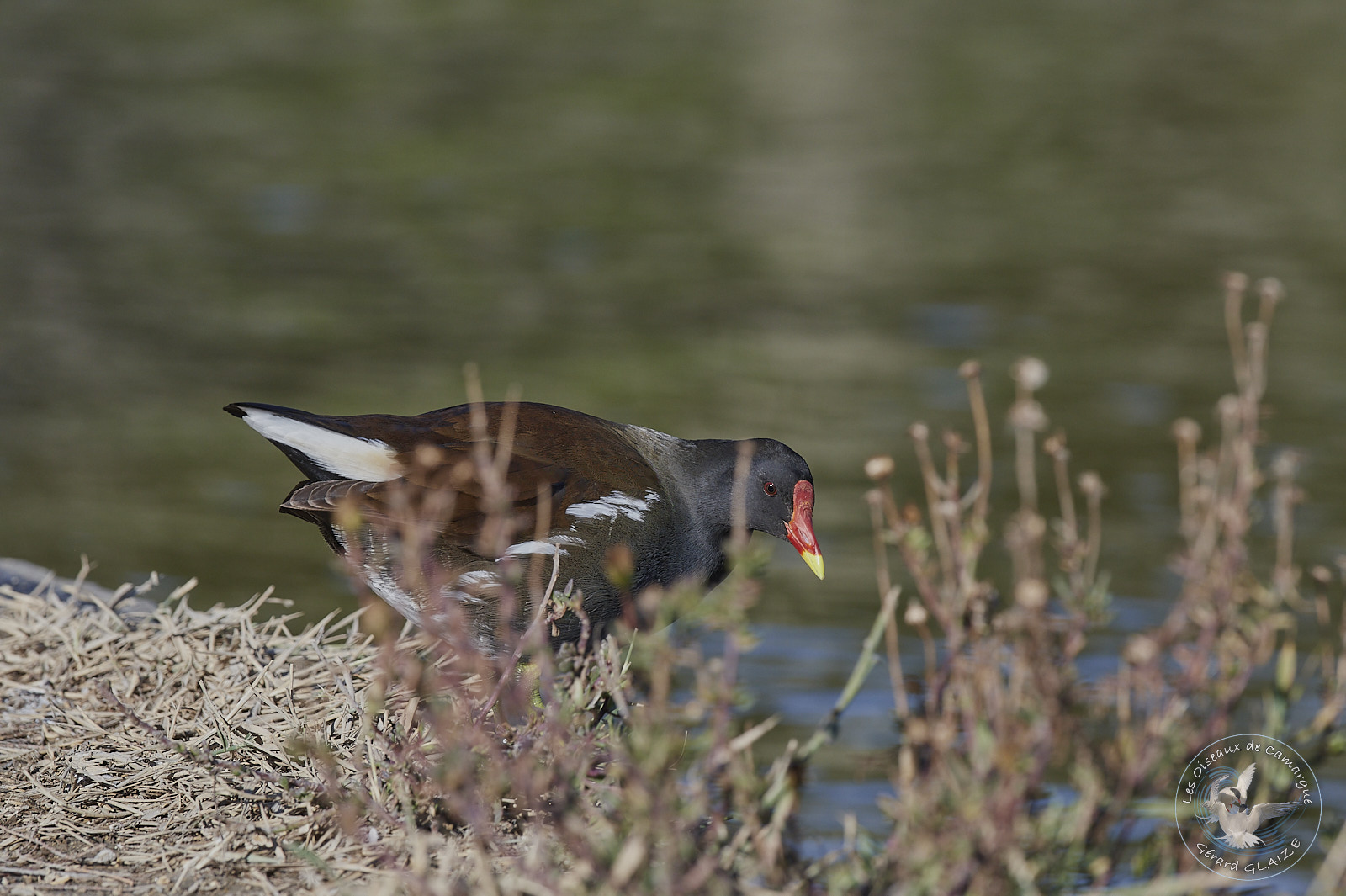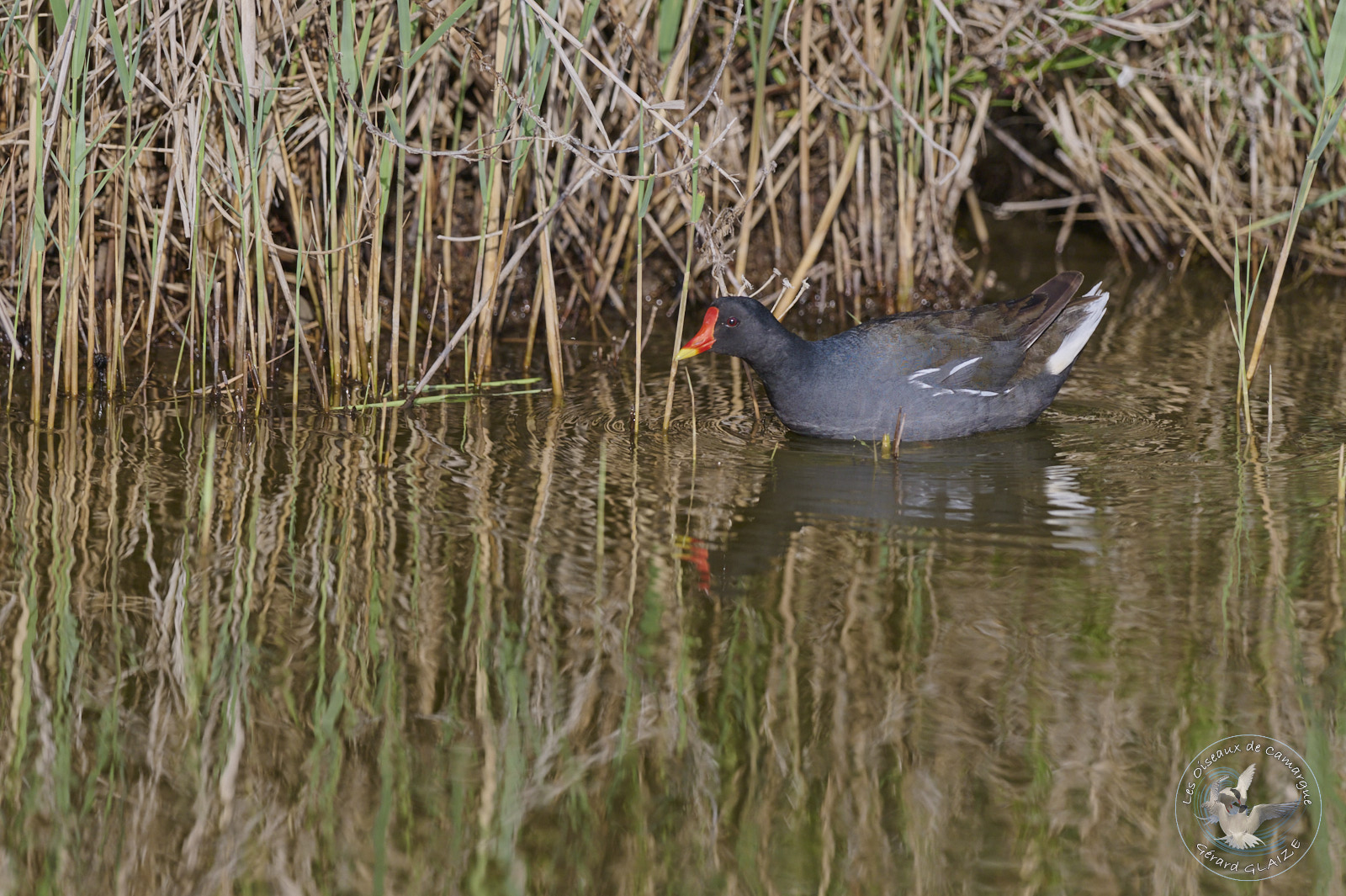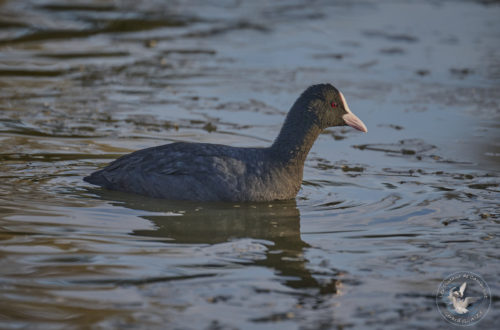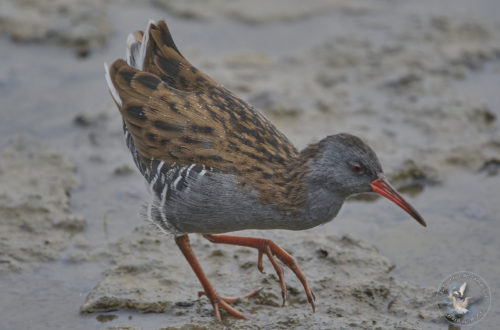Common Moorhen
Last updated on June 21st, 2024 at 06:05 pm
The Common Moorhen is a species of bird belonging to the order Gruiformes and the family Rallidae. It is very common in ponds and marsh, as well as in waterways where the vegetation is sufficiently dense.
It is easily recognized by its red beak with a yellow tip which extends towards the forehead with a red and oval frontal plate. The eyes are dark red. Its plumage ranges from dark blue to slaty black, with brown wings and a white patch on either side of the rump. Its legs are green-yellow and are not webbed.
Both sexes are similar, but the male is slightly larger. It should not be confused with the Eurasian Coot.
Common Moorhen
Scientific name : Gallinula chloropus
Family : Rallidae
Long. from 32 to 38 m, Wing span from 50 to 55 cm
Weight : from 260 to 380 gr
Flight
The Common Moorhen runs on the surface of the water to fly away. However, despite a somewhat clumsy take-off technique, it has a direct, rapid and powerful flight, generally low, with outstretched neck and dangling legs, at a low height above the water.
Habitat
This bird lives near fresh or brackish water in wetlands where vegetation is abundant and emergent, but with banks providing cover. It is found near ponds, calm rivers, marshes and lakes, and also in the waters of urban parks.
Regime – Diet
The Common Moorhen has an omnivorous diet, it feeds on aquatic plants, leaves, grasses but also insects, small aquatic invertebrates, tadpoles, fish eggs, small fish, earthworms and molluscs.
Nesting
It nests in foliage at the water’s edge and jealously defends its territory, particularly during the breeding season. The male and female, once the couple is formed, remain faithful until the death of one or the other.
The female lays 6 to 10 buff-white or whitish and brown-spotted eggs. Incubation lasts approximately 18 to 21 days, carried out by both parents. Females may, however, lay eggs in another female’s nest and adults may adopt or remove chicks from other females to raise them.
A pair of Common Moorhens can have up to four broods each year, from May to September. The young of the first brood therefore help their parents to raise those of the second. Chicks have a red area of skin on their heads. Both parents feed the chicks until they learn to find their own food, which is actually after two weeks. The moorhen sometimes nests in small colonies.
Protection
The Common Moorhen is not currently threatened, even if its wetland habitats are in very sharp decline.
Cry
The Common Moorhen emits a variety of dry, sudden, brief, metallic or rolling cries (“krrou”), uttered from cover. It also emits rapid and repeated clucking sounds, often in flight, and especially at night in spring.


